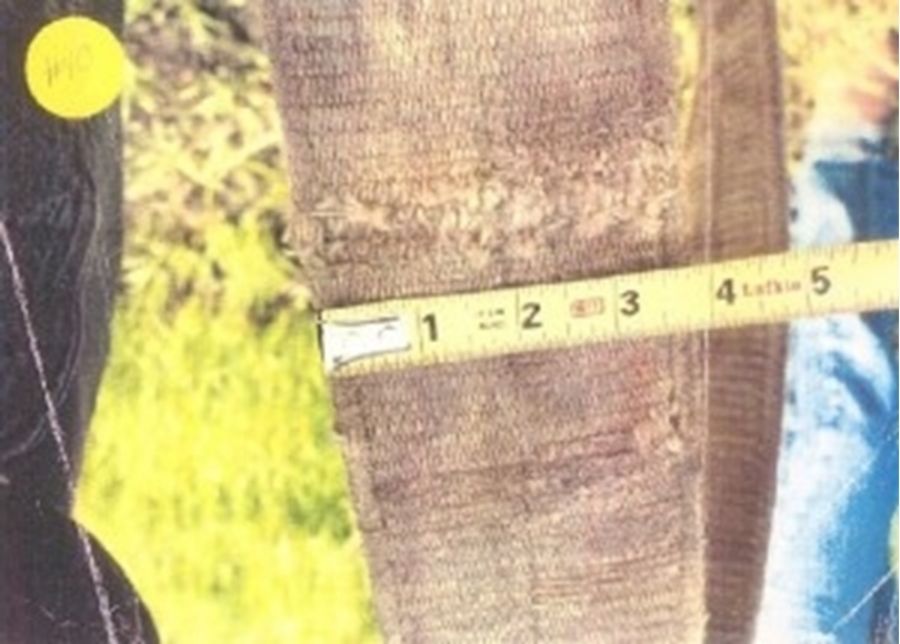
I presented the details of a fatality resulting from improper sling usage for the Associated Wire Rope Fabricators at their October 2013 meeting in Los Angeles. My presentation followed Todd Peterson, an attorney, who presented the events surrounding a serious injury that occurred in Omaha, Nebraska. The economic impact from injury is generally more of a serious consequence to a manufacturer than a fatality.
I began my career in the rigging industry at the ripe old age of seventeen. Seven years later I founded Lift-It Manufacturing. My training career began when I was twenty-six and I have been “practicing” for the past thirty-three years to perfect a message that will educate, inspire and challenge my students to adopt a quest for excellence that does not allow compromise.
My objective in the presentation for AWRF was to inform our association members of the specific details involved in this fatality to assist them in future safety and sales presentations. Some consider safety and product sales to be mutually exclusive, but this is not necessarily true.
It was during one of my training missions in northern Montana that I was informed that Rodney A. Guy, a thirty-two year old lineman was killed while using a sling made in our factory on March 20, 1992 at 2:15 PM. He and his crew were working in Rio Vista, CA on high power transmission lines and were in the final stages of the job.
I called the subcontractor who employed Mr. Guy and was told that the sling had failed exactly at the sling midpoint and the failure had occurred in a straight line. It was confirmed by the Accident Review Board that the sling had been previously damaged and was not inspected before use. In addition, the sling was overloaded and was degraded by ultraviolet ray degradation. In this instance and in many others generally it is not a single factor, but many factors which combine and lead to the death, injury and destruction.
As rigging professionals it is our duty to provide products and information that will enable our customers to effectively and efficiently accomplish their objective. Sales and safety are companions as true professionals will not only promote slings, but will also provide adequate sling protection.
It is disappointing when my training clients are amazed at the selection of protection devices that we and other progressive companies offer. It becomes readily apparent that the supplier servicing the training client is either uninformed or too busy to educate and provide information on sling protection devices.
All slings are susceptible to damage, synthetic slings are particularly vulnerable as they are not as robust as chain, wire rope or metal mesh slings. Two slings were used at the time of Rodney’s death. The unbroken sling had extensive damage and based upon the failure mode of our sling it had also been damaged in a similar manner. Adequate protection would have prevented this damage from occurring.
It is extremely important for sales and safety professionals, as well as for sling users to realize that sling protection must be of sufficient strength, thickness and construction to prevent damage and that the edge need not be “razor” sharp to result in damage to the protection and/or the sling.
Gloves, cardboard and makeshift devices are generally not effective. Some companies provide sling protectors which have been tested and labelled, providing the user with the cut resistance capabilities of the protection devices. This is very redemptive as the user is not tasked with determining adequacy.

Sling inspection is also critically important to ensure safe usage. If any one of the four men on March 20, 1992 had inspected the sling and had been trained to detect damage, the sling would not have been used. The cost of the sling was $40.00 and our dealer, Cable/Cisco in West Sacramento, which is forty miles from the fatality site, had similar slings in stock. Forty dollars and forty miles would have been all that was needed to prevent this terrible tragedy.
In addition, both slings were severely degraded by ultraviolet light. They were once bright yellow and vibrant in color. Photos taken at the time of the incident depict slings which are faded and gray. When slings are not in use they should be stored in a cool, dark, dry location which is free from mechanical or environmental damage. The principle is a simple one: If you take care of your rigging, your rigging will take care of you.
I challenged those in attendance at my presentations to become vigilant in the promotion of adequate sling protection. I challenge my students to view their sling storage locations and ask one question. The slings are plentiful, but where’s the protection? “You can’t have one without the other, it’s like a hand in a glove, like bread and butter!” Cute rhyme that helps sling users remember to always have protection alongside their slings!
Even after hundreds of presentations done over the past thirty-three years I still do not sleep well the night before the presentation. I’m excited about the upcoming training, the people I will meet and lives that I will impact. It’s a numbers game and nothing good comes from a person dying, other than to use their example to scare others alive. There is no way of knowing how many lives Rodney has saved by dying, but those who have met him through me, owe Mr. Guy and his family a tremendous debt of gratitude.

(Please note the sling in the background and the evident damage. This is the sling that killed Rodney!)


